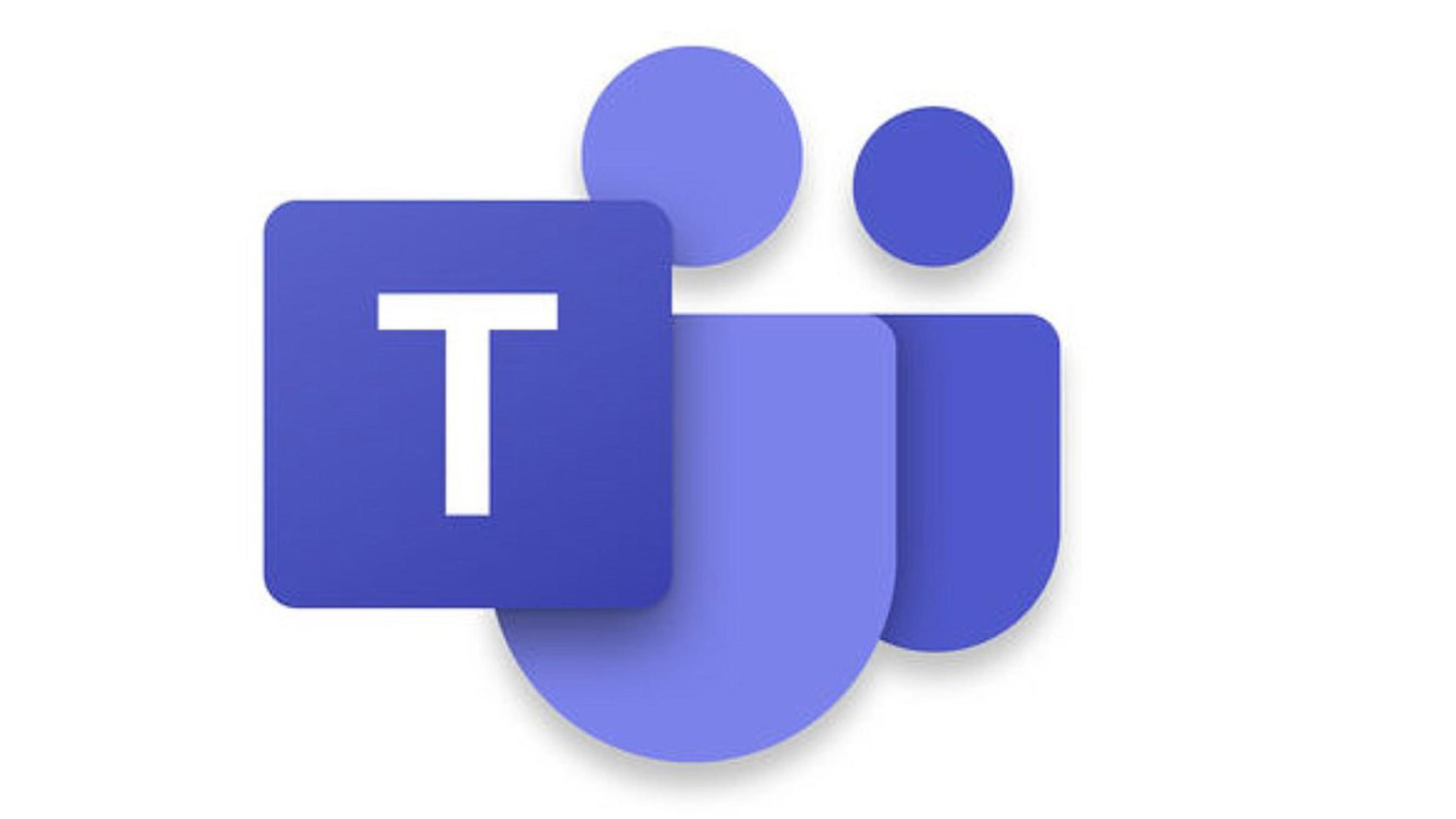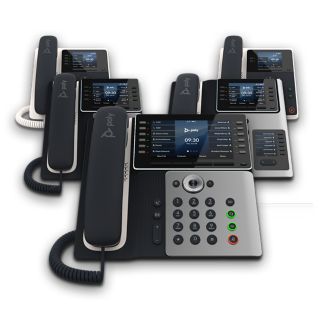
Standardization is the key to having manageable technology that meets today’s needs. Yesterday’s closed legacy systems are limiting your ability to keep your business moving forward. Consider whether your infrastructure leads to a lack of in-house control, multiple silos, vendor lock-in, and high maintenance and communications cost. If so, you have likely reached the point where you need to expand beyond proprietary software and systems.
Most likely, you arrived at this juncture by adding various vendor solutions as communication options grew during the past decade. The compilation of those stand –alone or “island” based systems have cost you hundreds of lost hours trying to simply “keep things working.” You’re not alone.
Yet, when your budget is tightly tied to managing different vendor platforms for various unified communications (UC) functions, there’s not much money left to spend on innovations. Consequently, your employees are thwarted by the absence of enterprise tools that would make them more productive, thereby compelling them to use unauthorized IT and public apps that expose the enterprise to security threats. Furthermore, even though you’ve added a myriad of vendor solutions over the years, you may still have limited and delayed access to new technologies, such as Web conferencing and mobile, based on slow vendor deployment of new features.
To combat this problem, companies can embrace an open cloud-based communications framework. Some of the advantages of this framework include the following:
Greater control of communications services
Proprietary systems take decision making and management power away from IT staff, as the vendor must handle all upgrades and repairs. An open framework, on the other hand, enables enterprises to take advantage of any voice, data and collaboration tools that meet their specific business’s needs.
Wider tech and app options
Closed systems lock you into the current vendor, hindering your adoption of modern technologies or applications. Although new solutions might help improve productivity and effectiveness, individual vendors are typically slow to develop them.
Increased agility
With open standard UC solutions, organizations can scale their systems and be flexible in their configurations. This also means that companies undergoing mergers and acquisitions will not be stifled or confounded by complex infrastructures that don’t mesh with one another.
Increased worker satisfaction and productivity
Armed with the tools they need to do their jobs, employees can more seamlessly collaborate with each other and their customers, regardless of location or device. As a result, your workers will now feel supported in their efforts to efficiently solve customer problems in a timely manner.
Reduced maintenance costs
As legacy systems age, even simple routine maintenance becomes expensive because the networking technology on which it is based is becoming obsolete and demand for parts is dropping. Some manufacturers may not even make replacement parts anymore, forcing companies to purchase high-priced and possibly unreliable used parts. Moreover, the technicians who specialize in legacy system repairs are becoming rare and their services expensive.
This is just a sampling of the benefits afforded by cloud-based communications; the list also includes greater security and improved reliability and performance. For more information on these and other practical advantages of moving from your proprietary legacy system, click here.























